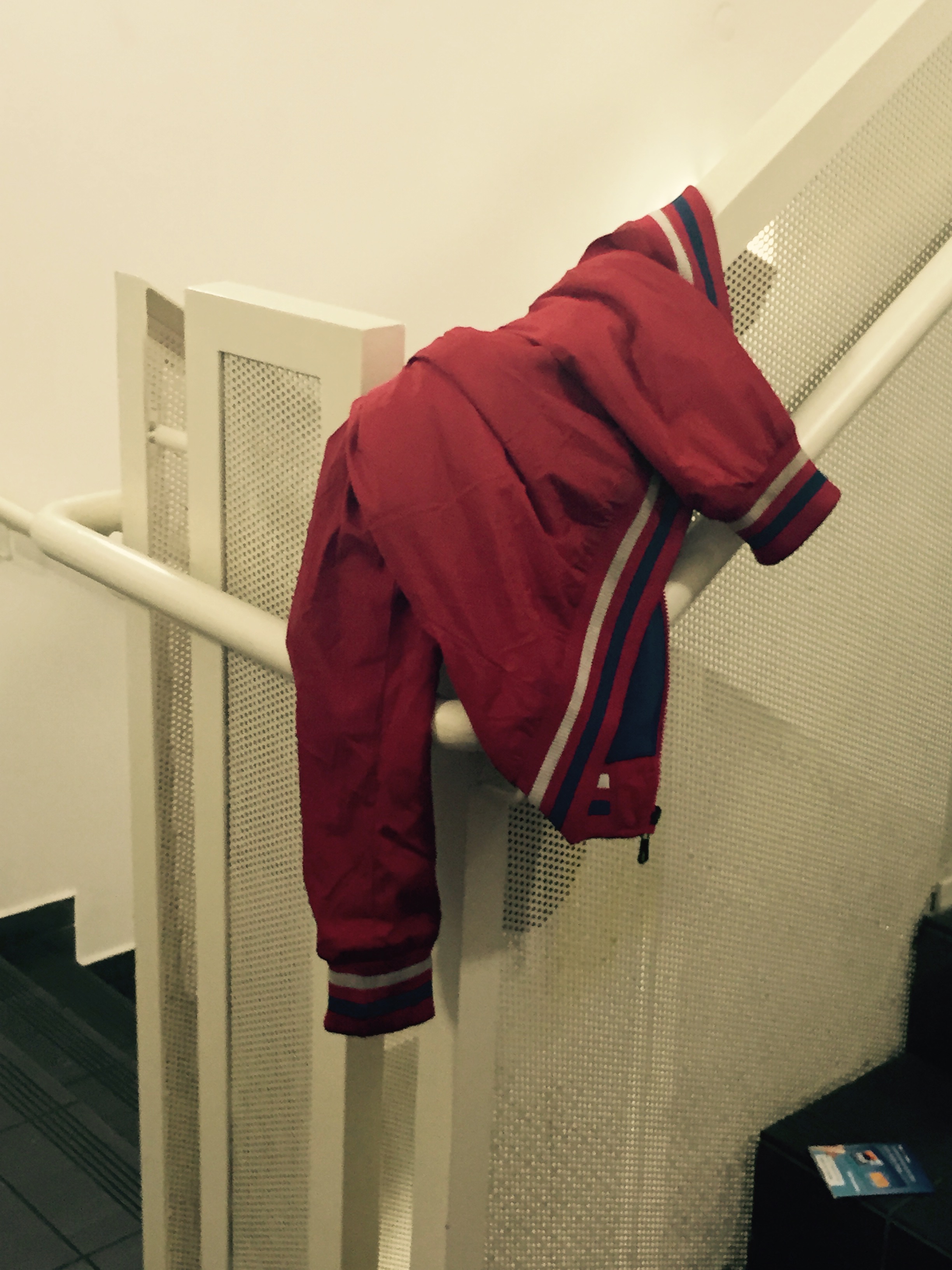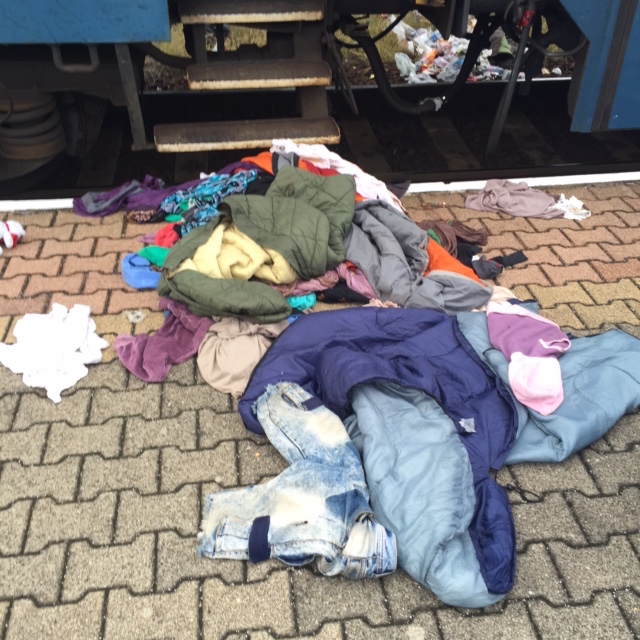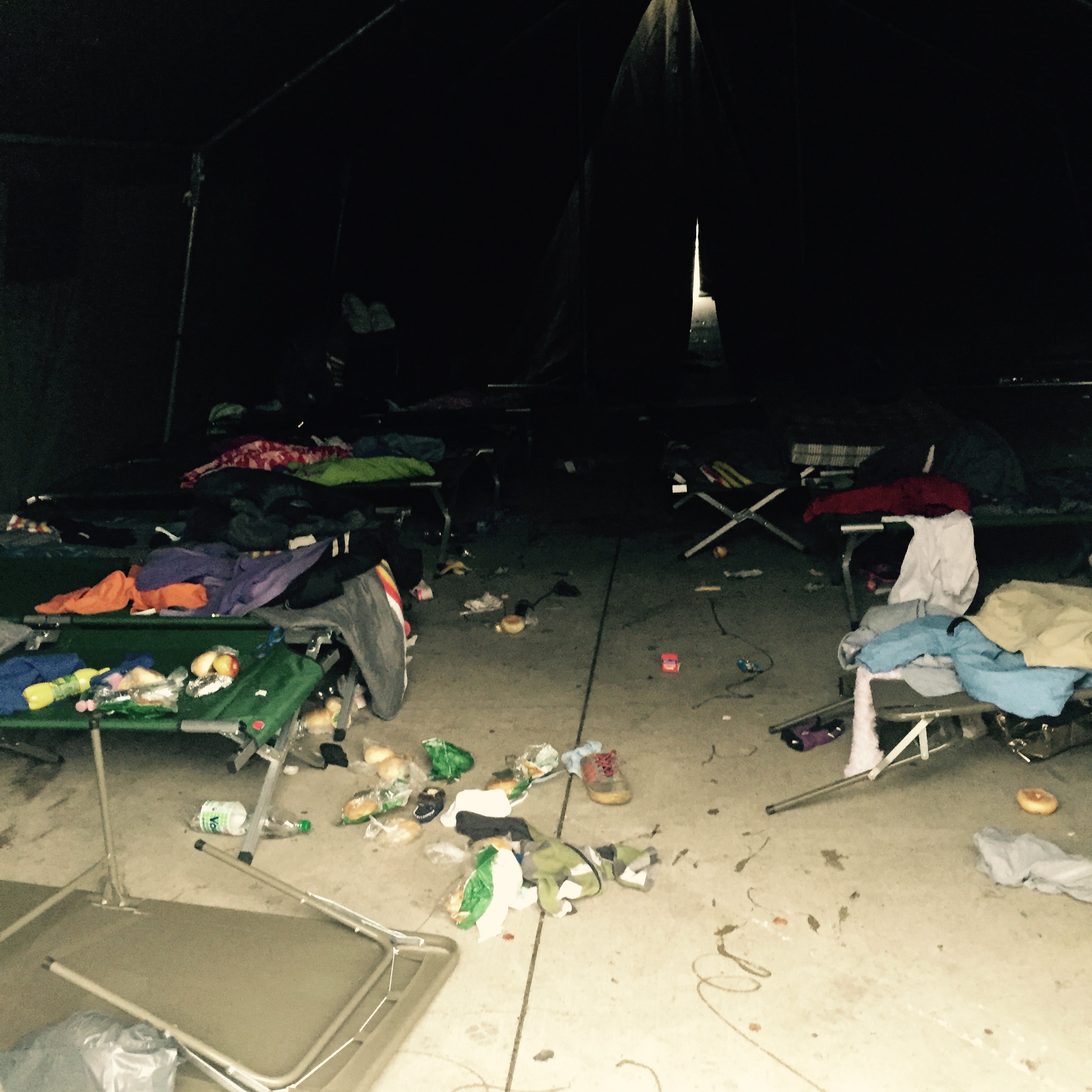Two Questions
The scenes we witnessed in Eastern Europe last week were overwhelming, and I’ll be sorting through my impressions for a long time. The dominant images for me were of people walking – determinedly, silently, resiliently – along paths and railroad tracks. They just kept coming, and we knew that behind them, beyond our sight, were thousands more. We didn’t see the violence, either by refugees or the police that is making headlines, but we did see the construction of a razor-wire fence by soldiers as silent and determined as the refugees.


Even on our very limited canvas, DeWitt and I saw acts of kindness and of rudeness. We watched volunteers distribute food, water, sleeping bags and clothes; and we saw refugees toss away whatever did not suit. We saw food left uneaten and garbage strewn seemingly across Europe. We encountered drunken and belligerent young Afghanis, but many more families who had endured weeks of misery without losing either humor or hope.
Away from the worn paths and border crossings, life seemed to go on untouched, but of course it cannot, as this movement has changed this place in ways we can’t yet understand. Eastern Europe, which is still emerging from its own decades of violence and repression, has little tradition of diversity and seems overwhelmed by the chaos.
The line between refugee and emigrant may be legally simple to draw, but not here on the ground, where the preponderance of those walking have come from Syria, a collapsed state, both ungovernable and unlivable.
I came with two questions:
- Why should people who were born in a country defined arbitrarily by lines someone drew long ago on a map be forced to stay in that place even at the cost of their lives?
- Why should people who are barely eking out a living in their homelands be required to take in others who might undermine their fragile livelihood?
I leave without answers – except this, that no fence is high enough, no razor wire sharp enough to stop those determined to seek a better life.




